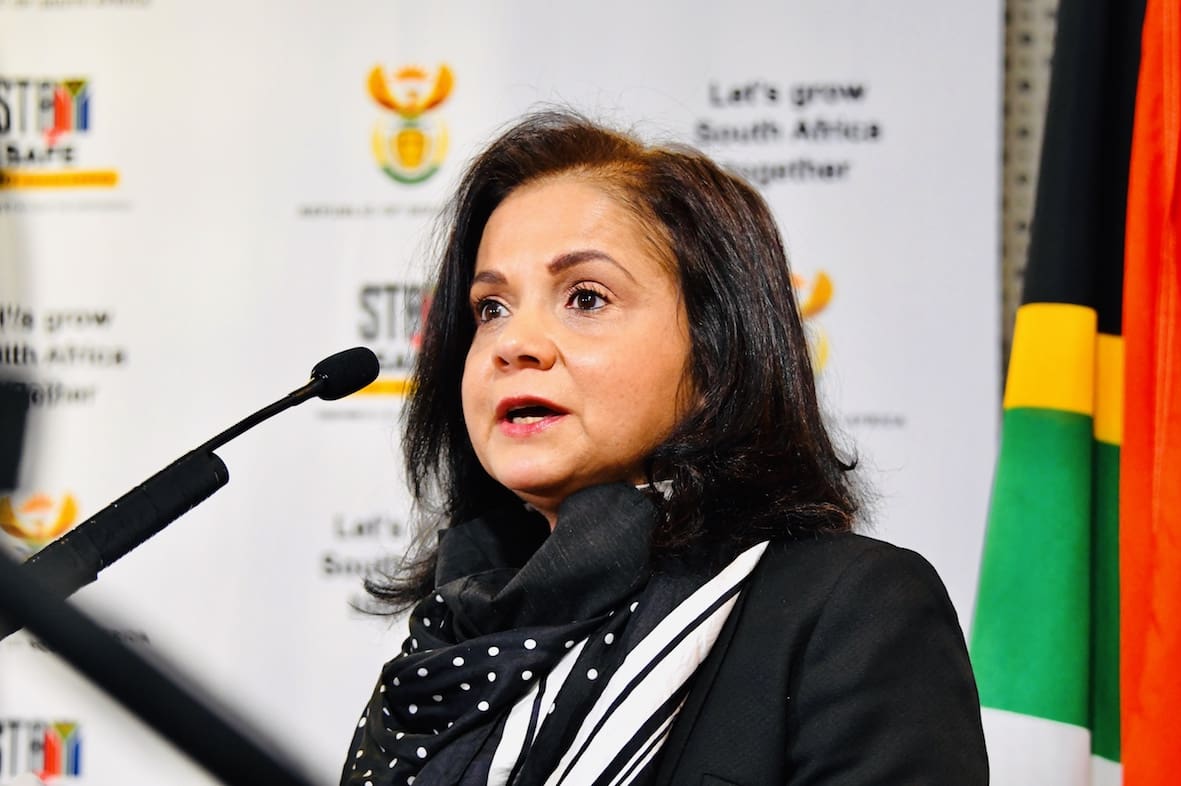Good news for millions of South Africans who depend on social grants: according to the South African Social Security Agency (SASSA), there will be a grant payment increase from April 2025.
During his 2025 proposed budget speech on 12 March, Finance Minister Enoch Godongwana announced that the budget allocation for social grants amounts to R284.7 billion in 2025/26. When the budget was finally released following a postponement due to political friction, we told you that social grants would experience an increase that is above the current 3.2 % inflation rate to help poor South Africans deal with VAT increases.
The grants that will see the biggest increase will be the old age, war veteran, disability, foster care and child dependency grants, which will increase by 5.9%, and the child support grant and grant-in-aid will rise by 5.7%.
Wait, what’s SASSA?
SASSA is a national government agency that was established in 2004 to administer South Africa’s social security system and distribute social grants on behalf of the Department of Social Development. Initially, provincial governments were responsible for the implementation and administration. The agency is now responsible for processing social grant applications, verifying and approving applications, and paying the grants to eligible beneficiaries while preventing and detecting fraud. Social grants were allocated to provinces and then distributed through contracted private companies until a government review identified numerous problems with this arrangement, such as fraudulent grants, delays in approving grant applications, and difficulties in accessing payment.
The various grants distributed by SASSA are received through a means test and are paid in cash on a monthly basis. Some of these grants are the following:
- Child support grant – supports primary caregivers who need financial help to take care of their child or children under the age of 18.
- Care dependency grant – is provided to caregivers of children who need full-time care because of a disability.
- Foster child grant – for supporting families with children under the age of 18 in foster care, no means tests are done for the foster parent for this grant; the child must remain in the care of the foster parent.
- Disability grant – provides support to adults with disabilities. To qualify for this grant, one must be found to have a mental or physical disability that will make them unfit to work.
- Grant in aid – is an extra grant for people receiving disability, older persons or war veterans who cannot take care of themselves and need to pay a caregiver.
- Older person’s grant – provided to an older person over the age of 60 who is not a recipient of any other grant and is not under the care of a state-owned institution or old age home.
- Covid-19 social relief of distress grant – this was a special grant introduced during the Covid pandemic to help unemployed individuals who do not receive social grants, UIF or financial support.
Let’s break it down
Seven permanent SASSA grants will experience an increase effective in April. These are old age, war veterans, disability, foster care dependency, child support grants, and grant-in-aid.
The Social Relief of Distress (SRD) remains the same, pending a review in September.
During his budget speech, Godongwana said: “The SRD will be used as a basis for the introduction of a sustainable form of income support for unemployed people. The future form and nature of the SRD will be informed by the outcome of the review of active labour market programmes. This is expected to be completed by September.” What this simply means is that this grant serves as the first start of creating financial support for those without jobs. However, the government is still trying to figure out the best way to do this. To decide on the future of the SRD grant, the government is reviewing different job-creation programmes.
Depending on the type of grant, increases are usually ranging from R10 to R90.
Social grants sustain over 28 million South Africans, or 45% of the population, with 19 million depending on permanent grants (excluding SRD) while 9 million depend on the SRD. By 2027/28, permanent grant beneficiaries are expected to increase to 19.3 million due to an ageing population. The sustainability of these grants is a looming concern, as only 7.9 million personal income taxpayers contribute towards funding grants and public services.
The increases are as follows:
| Grant | Amount Increase | Payment Date |
| Old Age Grant | R2,185 → R2,315 | Thursday, April 3 |
| War Veterans Grant | R2,205 → R2,335 | Saturday, April 5 |
| Disability Grant | R2,185 → R2,315 | Friday, April 4 |
| Foster Care Grant | R1,180 → R1,250 | Saturday, April 5 |
| Care Dependency Grant | R2,185 → R2,315 | Saturday, April 5 |
| Child Support Grant | R530 → R560 | Saturday, April 5 |
| Grant-in-Aid | R530 → R560 | Saturday, April 5 |
Table sourced from: Now in SA
Where can SASSA beneficiaries get their grants?
According to the Citizen, Postbank grant recipients who were unable to update their gold SASSA card by 20 March will be able to get their grants from the South African Post Office, as well as withdraw cash from retailers’ till points in April and May. Postbank will continue to swap the SASSA old card until the end of June 2025.
SASSA recipients who have upgraded to the Postbank Black Card can access their money through ATMs and at various retailers: Shoprite, Usave, Boxer, Spar, Pick n Pay, and Checkers.
While 20 March marked the date when the SASSA Gold Cards stopped working, it was not the last day to apply for the new card; beneficiaries are still able to apply for the new cards at their nearest Postbank site.
There are some flaws in the system
Don’t cheer just yet. SASSA has been experiencing some problems with cyber fraud. Cyber fraud is when an individual uses the internet to trick people or steal money, personal information, or data; this happens through fake websites, scams, hacking, or identity, 70% of South Africans have been victims of this crime.
These grant increases came as SASSA was grappling with verifying the exact number of people it was paying grants to. The government is investigating allegations of vulnerabilities in the application process and IT systems used by the agency, especially systems used when applying for the social relief of distress grants. This investigation comes after two students from the University of Stellenbosch detected cyber fraud.
Phase 1 of the investigation involved a detailed audit of the SRD application to assess its vulnerability to fraud. According to SA News, the findings will help inform Phase 2, which will look into alleged fraudulent activities and weaknesses that allow ineligible beneficiaries to receive grants.
The final report on the Vulnerability Assessment and Penetration Testing on the SRD online system administered by SASSA highlighted the following findings, among others:
- There are fake websites with .org and .co.za domain names that appear to be the real SRD application. These websites are used to get applicants’ information for fraud purposes.
- The SRD web application has weaknesses that threaten the security of the platform and the safety of the user.
The agency has devised an action plan to address the recommendations made in the Final Audit Report. It has implemented the following:
- Replaced the HTTPS method with a POST method to protect communications between the applicant and the server that processes their information.
- To introduce a Rate Limit to reduce the number of requests made to the SRD application system
- Update outdated software and introduce biometrics.
With increases on the horizon and cybercrimes making life harder, South Africa continues to grapple with economic pressures and growing inequality. The increase in SASSA grants comes as a relief for millions who rely on this support to survive. Now, we await April.
Lona is a recent graduate with an Honours degree in Journalism and Media Studies from Wits University. Passionate about storytelling, she is eager to learn, grow, and hone her writing skills.
- Lona Sokanyilehttps://explain.co.za/author/lona/
- Lona Sokanyilehttps://explain.co.za/author/lona/
- Lona Sokanyilehttps://explain.co.za/author/lona/
- Lona Sokanyilehttps://explain.co.za/author/lona/




